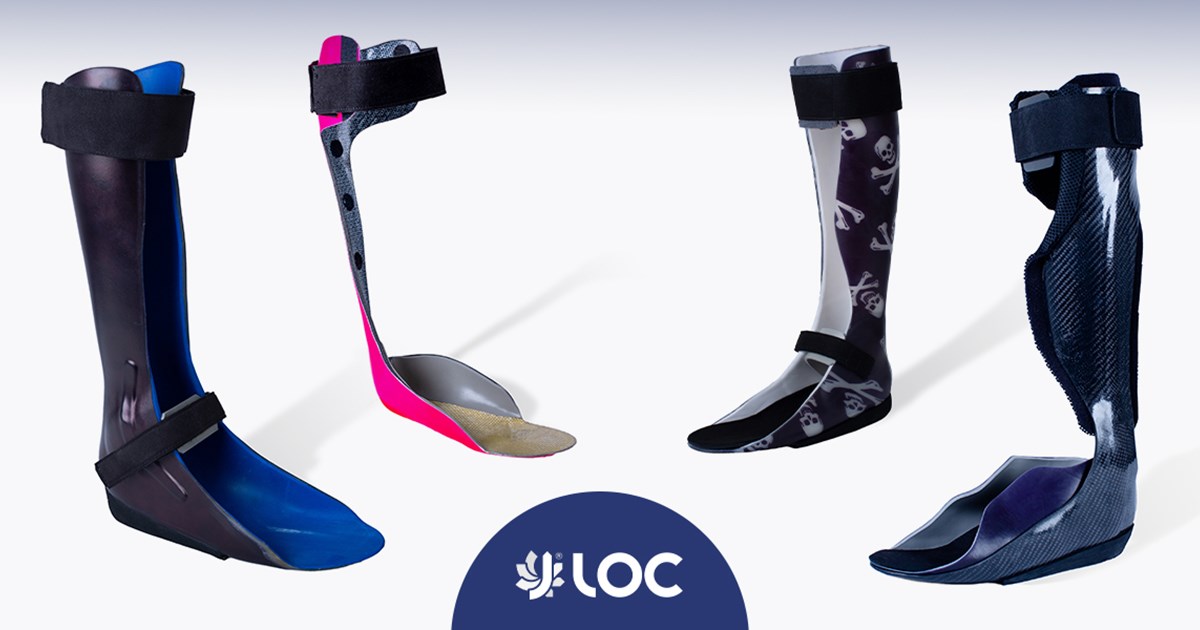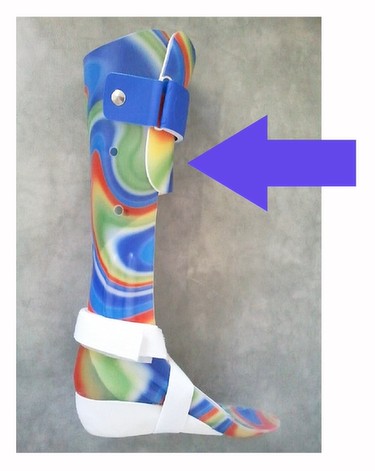Foot Braces Things To Know Before You Get This
Foot Braces Things To Know Before You Get This
Blog Article
Little Known Facts About Foot Braces.
Table of ContentsOur Foot Braces PDFsThe Ultimate Guide To Foot BracesThe Basic Principles Of Foot Braces
(1) Background: ankle-foot orthosis (AFO) is one of the most typically recommended orthosis to people with foot decline, and ankle joint and foot issues. In this study, we aimed to review the generally used kinds of AFO and introduce the recent advancement of AFO. (2) Techniques: narrative review. (3) Outcomes: AFO stops the foot from being dragged, gives a clearance in between the foot and the ground in the swinging stage of stride, and preserves a secure position by enabling heel call with the ground throughout the stance phase.By positioning thermoformed plastic to cover the positive plaster model, it generates the orthosis in the specific form of the model. PAFO typically contains a shank covering, foot plate, and Velcro band, with depend upon ankle joint joints as needed [13,14] PAFO can be identified according to the visibility of hinges, mainly as solid ankle joint kinds without hinges and hinged ankle joint types with additional joints.
The leaf-like creases are intended to reinforce the part of the ankle with one of the most amount of activity and duplicated loadings. The creases act as a springtime in the ankle that enables mild dorsiflexion in the mid and incurable stances, and this elasticity can likewise partially assist the push-off feature in the terminal stance.

The Main Principles Of Foot Braces
The plantarflexion can likewise be entirely restricted by suitable the shells at 90 without room in between. The Gillette joint, like the Oklahoma joint, attaches a different shank shell with the foot shell, allowing both plantarflexion and dorsiflexion. HAFO is extensively used in kids with abnormal diplegia and individuals with spastic hemiplegia click this site after stroke, as it can stretch the ankle joint plantar flexor to lower tightness and lower topsy-turvy muscle-response patterns.
